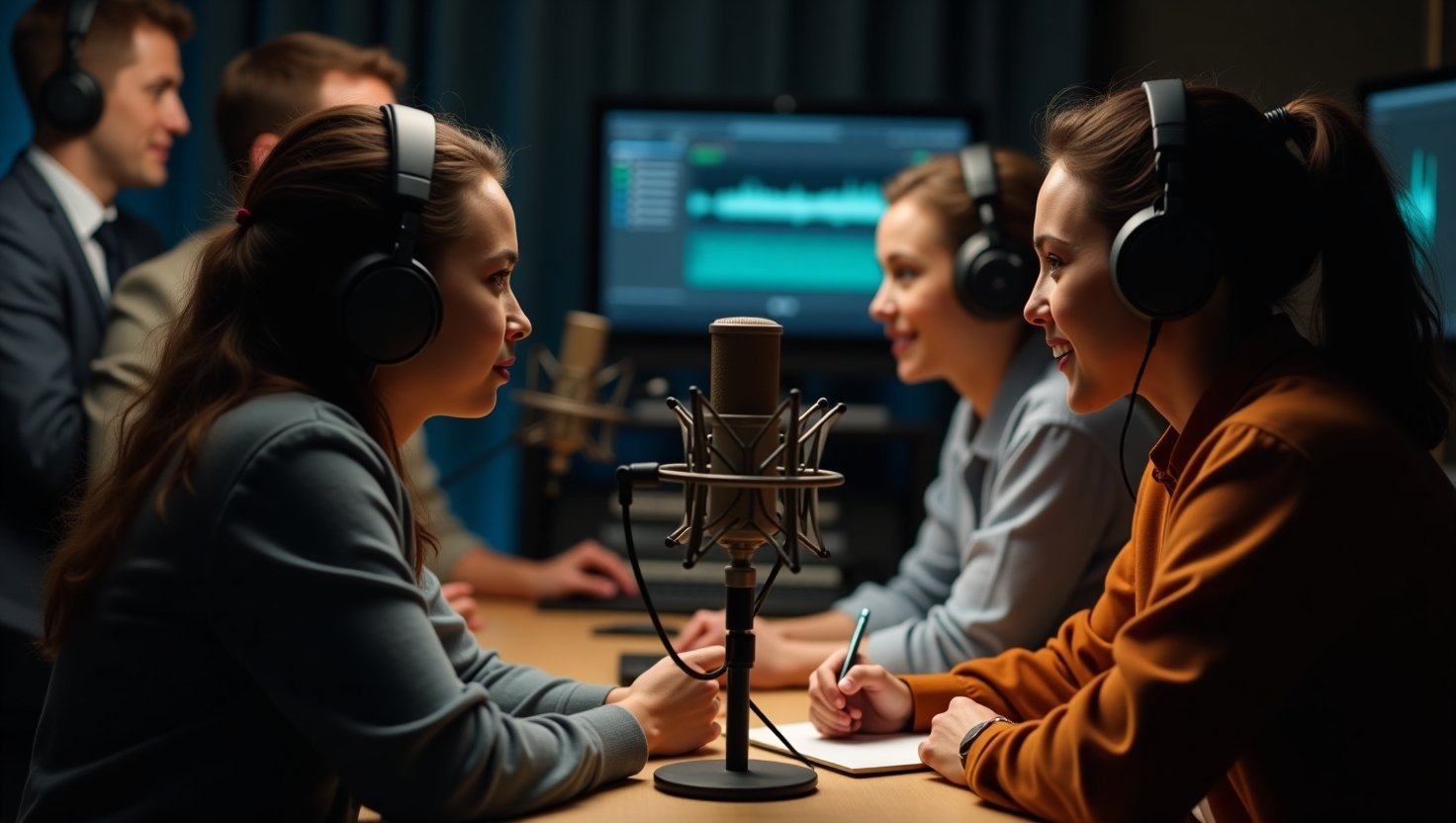Unveiling Adobe Corrective AI: A Revolutionary Step in Voice-Over Technology
In an era where digital content creation has become a cornerstone of communication, Adobe has introduced a cutting-edge innovation that stands to revolutionize how we approach audio production. Adobe Corrective AI—unveiled during Adobe’s MAX 2025 Sneaks Showcase—presents a groundbreaking tool designed for effortless modification of voice-overs. This technology promises to be a game changer in the realm of audio editing, illustrating how AI is continuously woven into the fabric of creative tools such as voice-over technology and more broadly within content creation.
Adobe Corrective AI: A New Era in Voice Modification
Adobe Corrective AI allows users to modify the tone and style of voice-overs with unprecedented ease. This AI-powered tool is part of a larger initiative from Adobe to integrate AI tools into its suite of products, helping creators refine audio and save time in the ever-competitive production process. Imagine having a personal audio engineer at your disposal, one who can transform a recorded voice memo into a polished, professional narration with just a few clicks. That’s the remarkable convenience Adobe Corrective AI offers. Whether it’s to match the ambiance of a somber documentary or to uplift a lively commercial, this tool ensures the emotional tone of your audio content aligns perfectly with your intended message.
Interestingly, Adobe’s Corrective AI isn’t just limited to enhancing voice-overs. As shared during the showcase, it also features capabilities like Project Clean Take, which can separate different audio elements within a single track—like removing background noise or replacing unlicensed music with stock audio—paving the way for cleaner, more controlled audio outputs ^(1).
The Role of AI in Elevating Content Creation
Adobe Corrective AI represents only one slice of the pie when it comes to how AI tools are transforming content creation. The broader implication of such technologies in media production is profound. An example that highlights this transformative potential can be compared to editing a document on Google Docs. Imagine trying to remove every instance of passive voice by hand versus having the software suggest edits in real-time—Adobe’s AI is essentially doing just that for audio content.
These AI advancements mean that creators can focus more on the creative aspects, leaving repetitive and technical adjustments to the machines. Enhancing the emotional depth of a narrative or ensuring the clarity of a message are now tasks that can be finetuned with minimal human intervention. This not only amplifies productivity but also opens avenues for individuals without technical audio engineering skills to explore and excel in content creation.
Future Implications: The Next Steps for Voice-Over Technology
The integration of AI into voice-over and audio editing technology suggests intriguing future possibilities. As AI continues to evolve, we might foresee platforms enabling real-time emotional tone adjustments in live broadcasts, offering dynamic augmentation during podcasts as they are recorded, and even powering interactive experiences in virtual reality settings where audio adapts as per the user’s emotions or actions.
Incorporating AI in audio production also signals a more democratized media landscape, enabling creators from diverse backgrounds to produce high-quality content without being constrained by technical limitations. As Adobe continues to innovate, it’s likely we’ll see even broader applications of AI in both audio and visual media, further blurring the lines between human creativity and machine augmentation ^(1).
In conclusion, the debut of Adobe Corrective AI marks a pivotal point in leveraging artificial intelligence for creating and modifying audio content, and is set to redefine the landscape of content creation as we know it. With its implication for both improving production efficiency and expanding creative possibilities, it presents an exciting glimpse into the future of mediatech and beyond.










